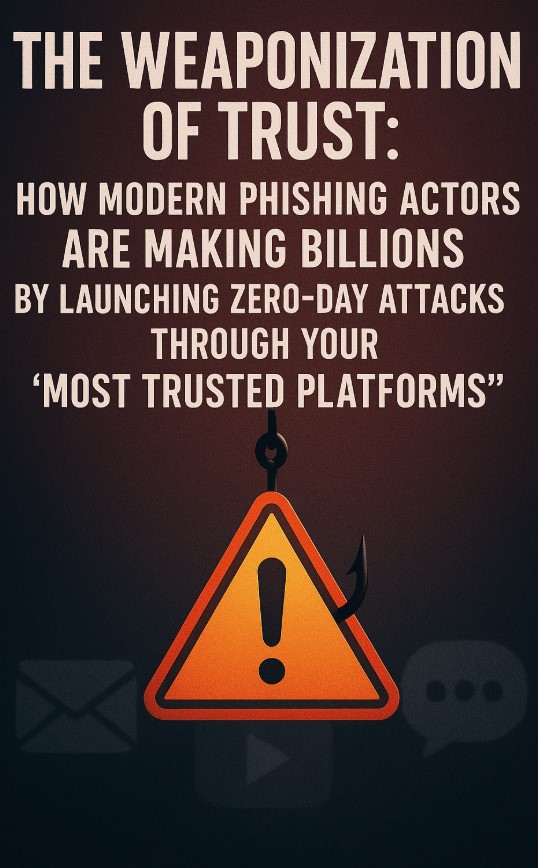
The Weaponization of Trust: How modern phishing actors are making billions by launching Zero-Day attacks through your “most trusted platforms”

One of our protected mailbox owners received a very peculiar email that appeared to come from Amazon. Even though there were several red flags in that email, some of them stood out on the severity scale: the weaponization of trust.
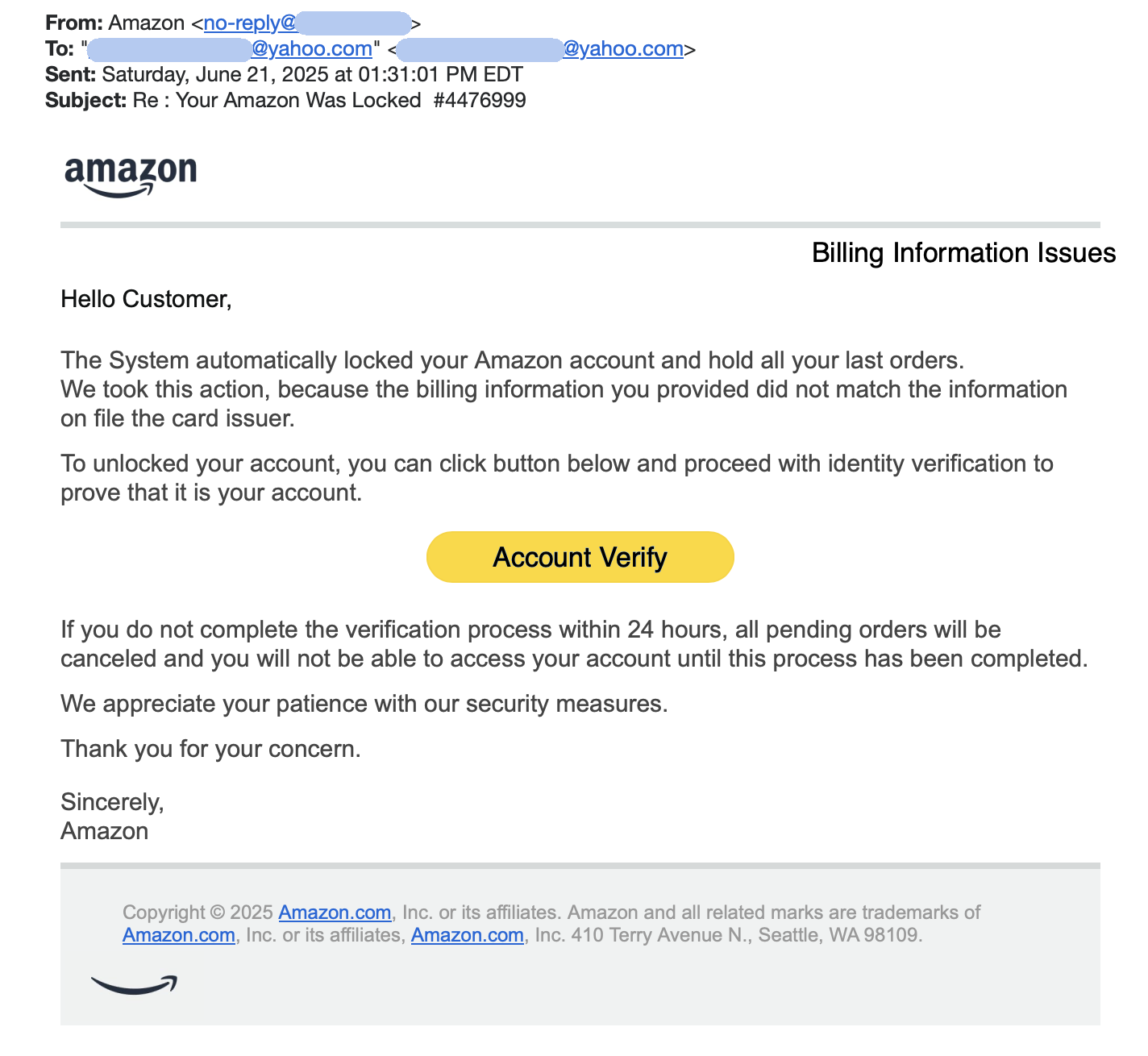
Breakdown of the Deception Exploiting Your "Trust"
Step-by-Step Redirection Chain

URL: https[:]//mobile[.]mail[.]yahoo[.]com/apps/affiliateRouter?...
The attack begins with a trusted domain — Yahoo. By abusing Yahoo's ad router, attackers embed a redirect to a Google Ads tracking link. This gives the initial layer of legitimacy, increasing the likelihood of bypassing spam filters and deceiving end-users.
The Trust Transfer (Twitter's Seal of Approval)
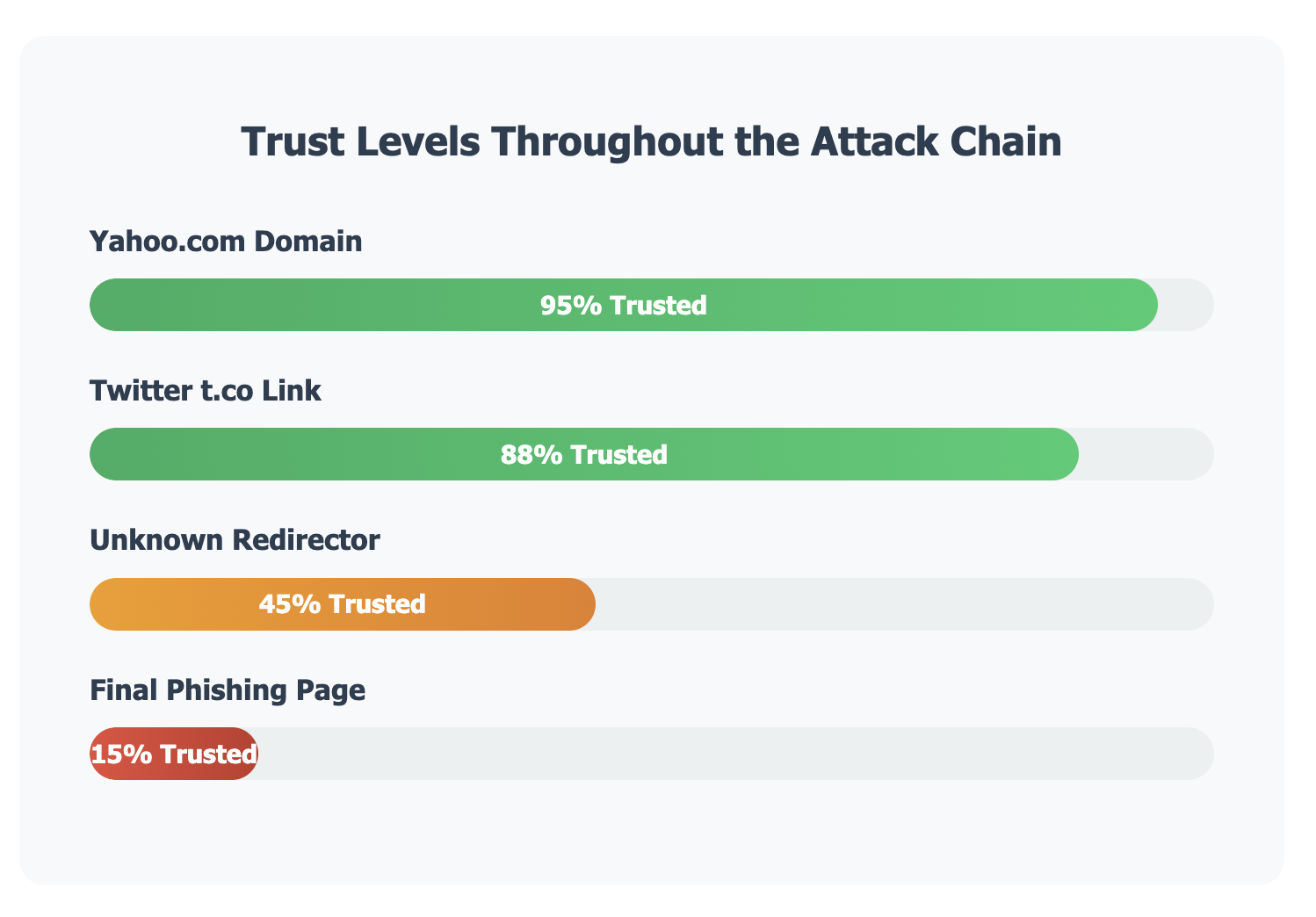
URL: https[:]//t[.]co/IgbmmrtCfw
From Yahoo, the redirection leads to a Twitter short link. Twitter's URL shortening service (t.co) is inherently trusted, and thus rarely flagged by security engines. This step furthers the perception of legitimacy and helps hide the final destination.
The Disappearing Act (The Expendable Middleman, now DEAD)
URL: https[:]//vvd[.]bz/Lkz
This intermediary redirector acts as a disposable layer in the redirection chain. Its current dead status illustrates that such redirectors are ephemeral by design, making forensic tracking harder.
The Perfect Impersonation (Amazon's Zero-Day Evil Twin) Hosted on a newly registered Amazon look-alike domain
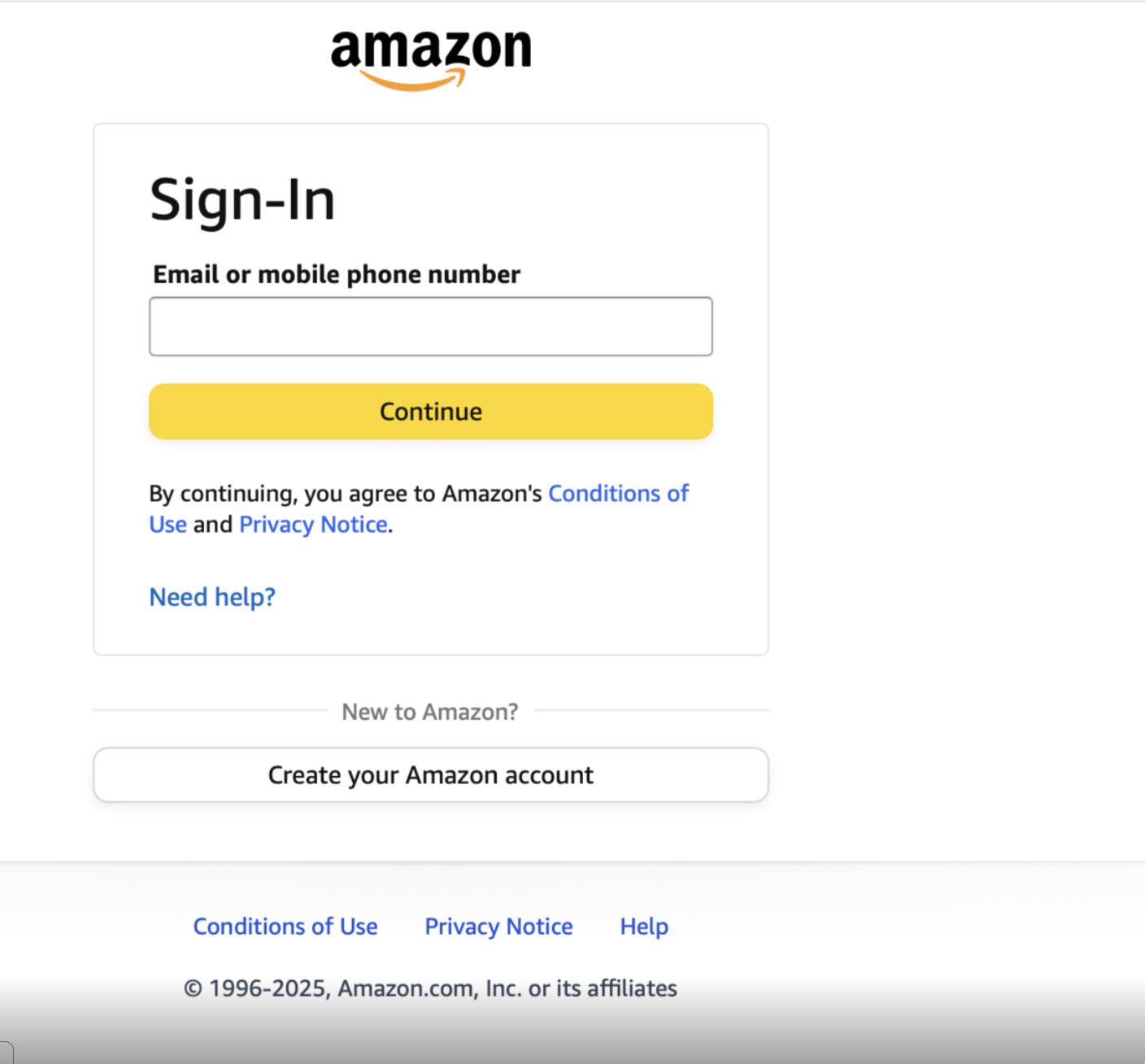
URL:https[:]//update[.]continue-amazon1-cs-282-129-102[.]com/ap/signin?session=qswx2cjytt89a6d54zl39bqvsis2b9lyerr5irkv7lyzy1kh39js4k2e32xrxapc
The final stop is a convincingly crafted phishing page that imitates Amazon's login interface. The domain name is deceptively constructed to resemble legitimate Amazon services, and the page attempts to harvest user credentials.
The Critical Questions
1: Why does traditional security fail to detect these attacks?
Domain Reputation: Early stages of the redirection chain involve domains with high trust scores.
New Domain Registration: The final phishing domain is often newly registered and unknown to many legacy reputation-based systems.
Dynamic URLs: Use of URL parameters and session tokens makes detection by pattern-matching tools difficult.
2: Why do we as humans fall for them?
These attacks succeed by exploiting flaws in human cognition, not intelligence.
Trust Cascade Effect: Seeing trusted domains in sequence builds misplaced trust in the next link.
Busy Professional's Dilemma: Limited time leads people to take shortcuts (e.g., quickly trusting and clicking).
It's not stupidity—it's human nature being deliberately exploited.
StrongestLayer's Detection Advantage
Zero-Day Detection Engine
StrongestLayer was able to detect the phishing intent at the final landing page:
- Despite the obfuscation created by a long redirect chain
- Despite the use of newly registered domains that had no previous reputation data
- By identifying Amazon's brand and determining that the hosting website failed to identify itself as a legitimate part of the Amazon infrastructure
Our Zero-Day Detection Engine employs behavioral heuristics, content analysis, and LLM-driven learning algorithms to detect these threats in real-time — even when traditional systems fail.
Real-Time Training to the End User
Once detected, the information is fed back to our protected user's mailbox in real-time, which provides:
Immediate User Warning: Real-time alerts on suspicious email links that add as banners under infected emails.
Training Feedback Loop: If the user is currently online, they can receive training about that email in real-time as they are presented with details of all the red flags that exist in that email in an intuitive, easy-to-understand manner, thereby passively building their analytical skills.
Self-Improving Hunting Algorithms: Whenever a new campaign is captured, StrongestLayer's hunting algorithms start consuming that data and, based on various correlations including LLM-driven intent correlations, new threat actors are uncovered and detected proactively.
Conclusion
The modern phishing ecosystem leverages legitimate services to disguise malicious activity. With this campaign, attackers exploited platforms like Yahoo and Twitter to craft a convincing multi-step redirect chain that ended in an Amazon phishing scam. StrongestLayer's proactive detection engine successfully identified the threat, flagged the newly generated domain, and protected users in real-time.
Staying ahead of such advanced tactics is no longer optional — it's essential. StrongestLayer helps organizations and individuals navigate the evolving threat landscape with cutting-edge detection and awareness tools, providing a crucial line of defense in the fight against phishing.
Related Posts
StrongestLayer, Inc. 1900 5th and 6th Floor, Reston Station, 1900 Reston Metro Plaza, Reston, VA 20190




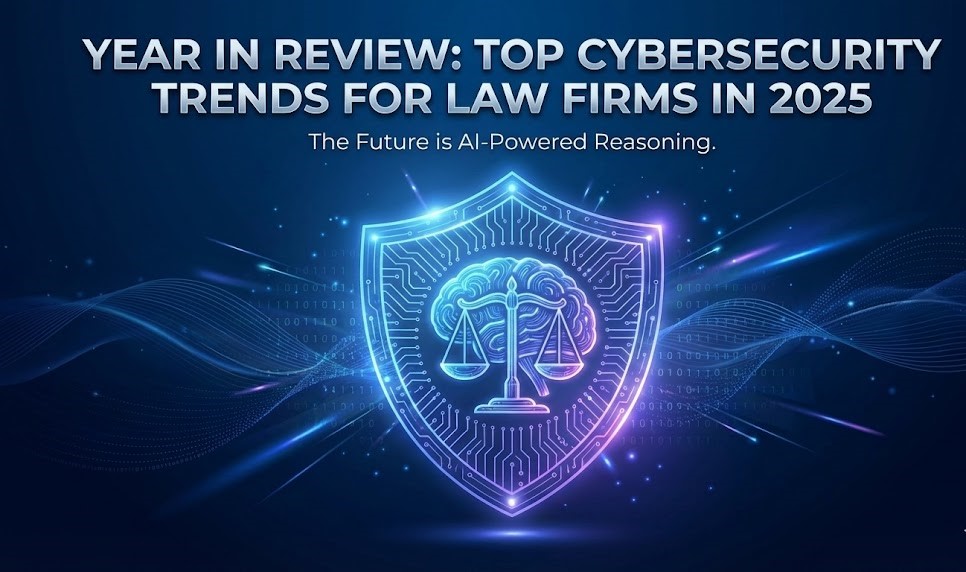



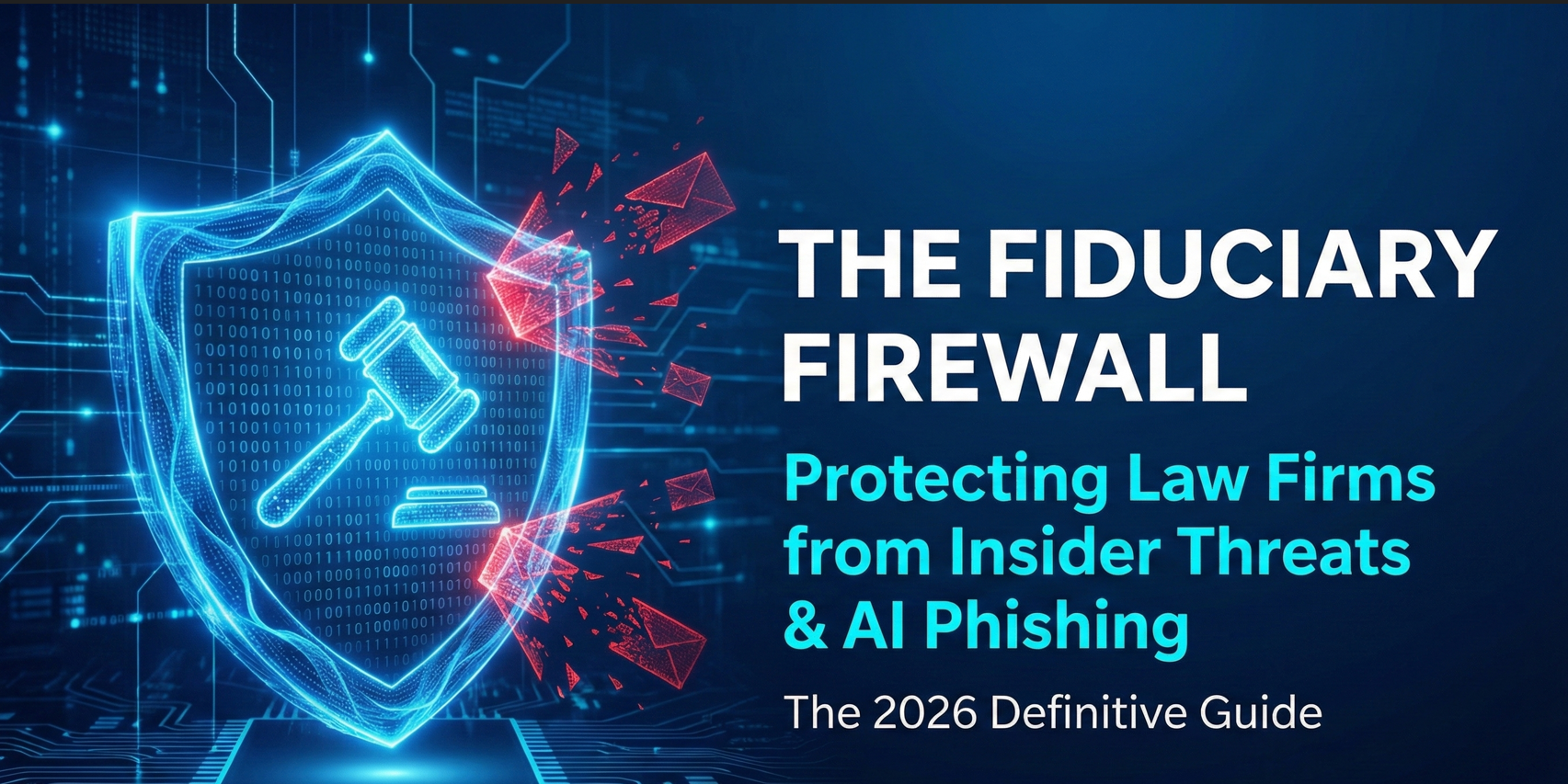










.png)





.png)











.png)

.png)
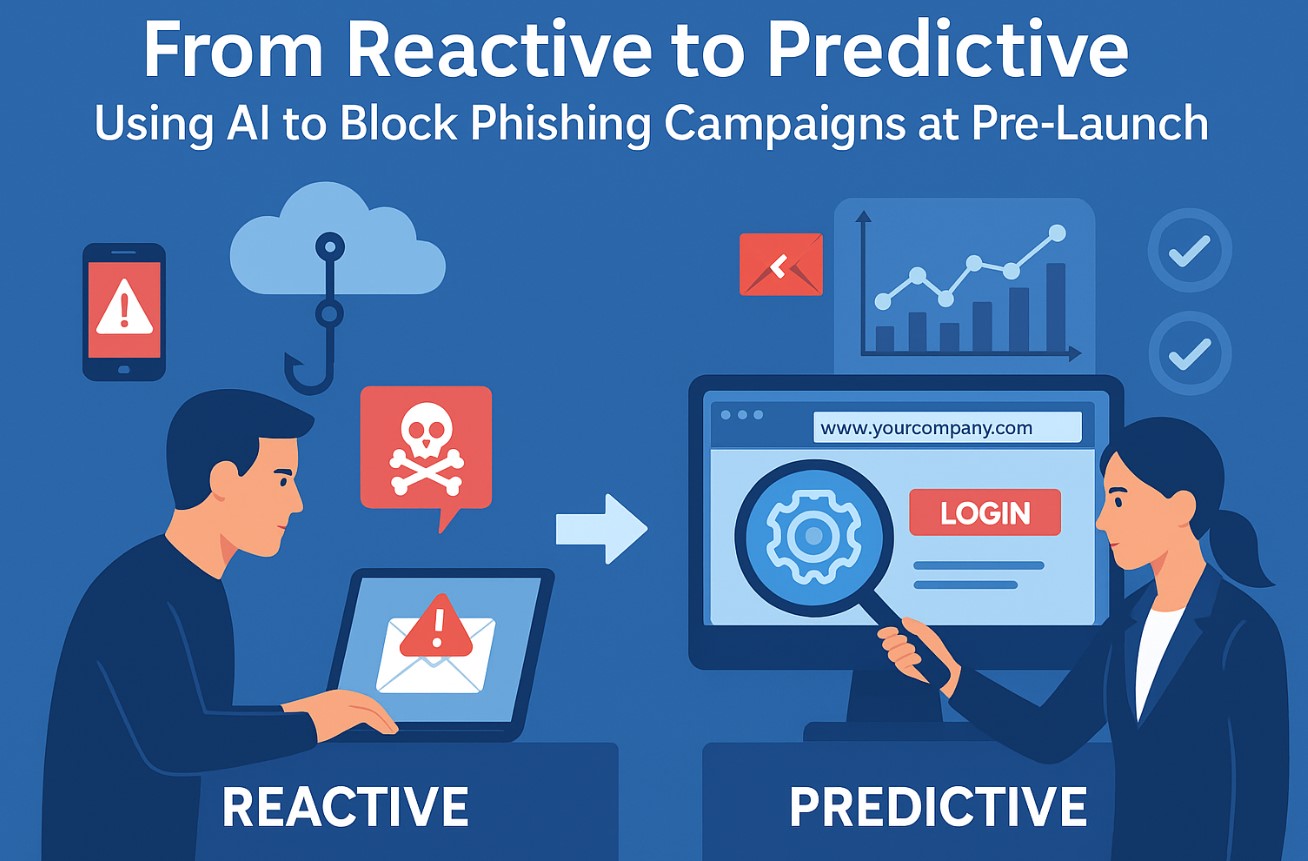


.png)
.jpg)
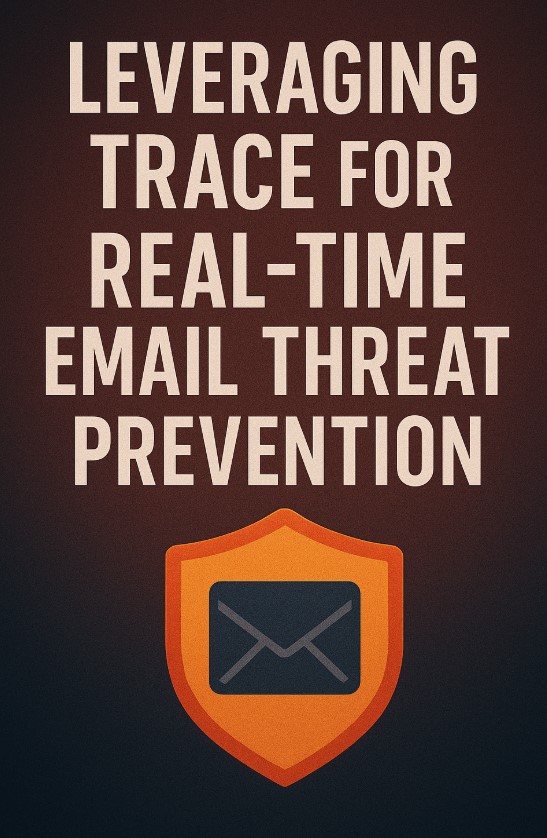



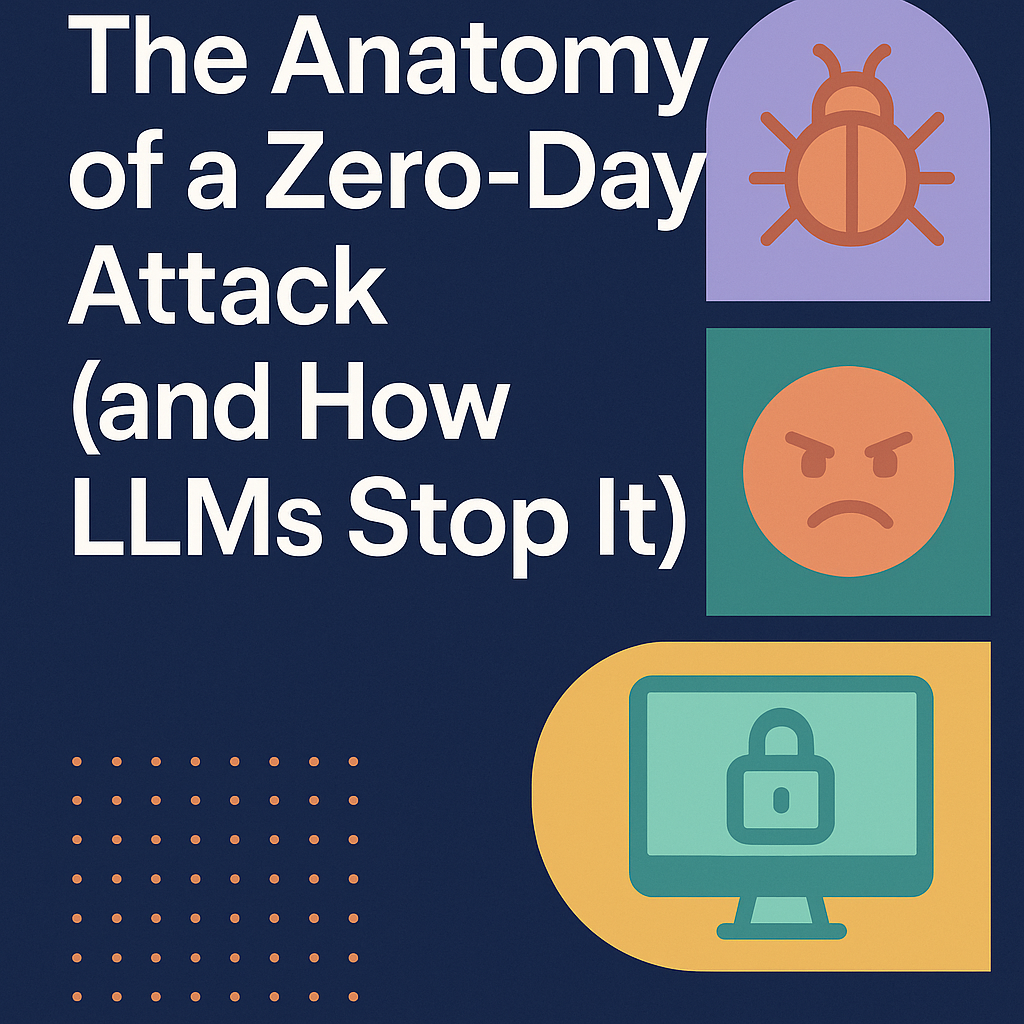

.png)







.png)































%20Attacks%20in%202025.jpg)









